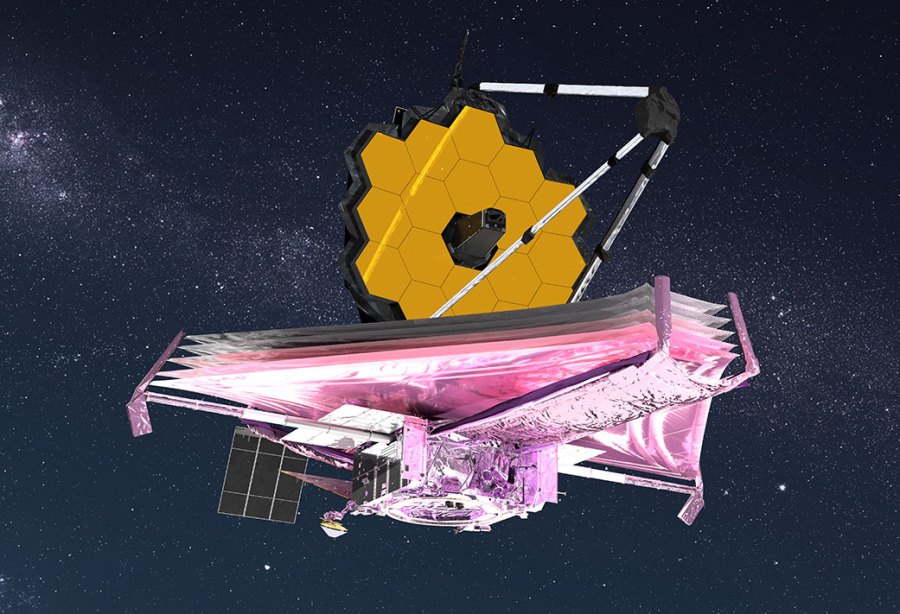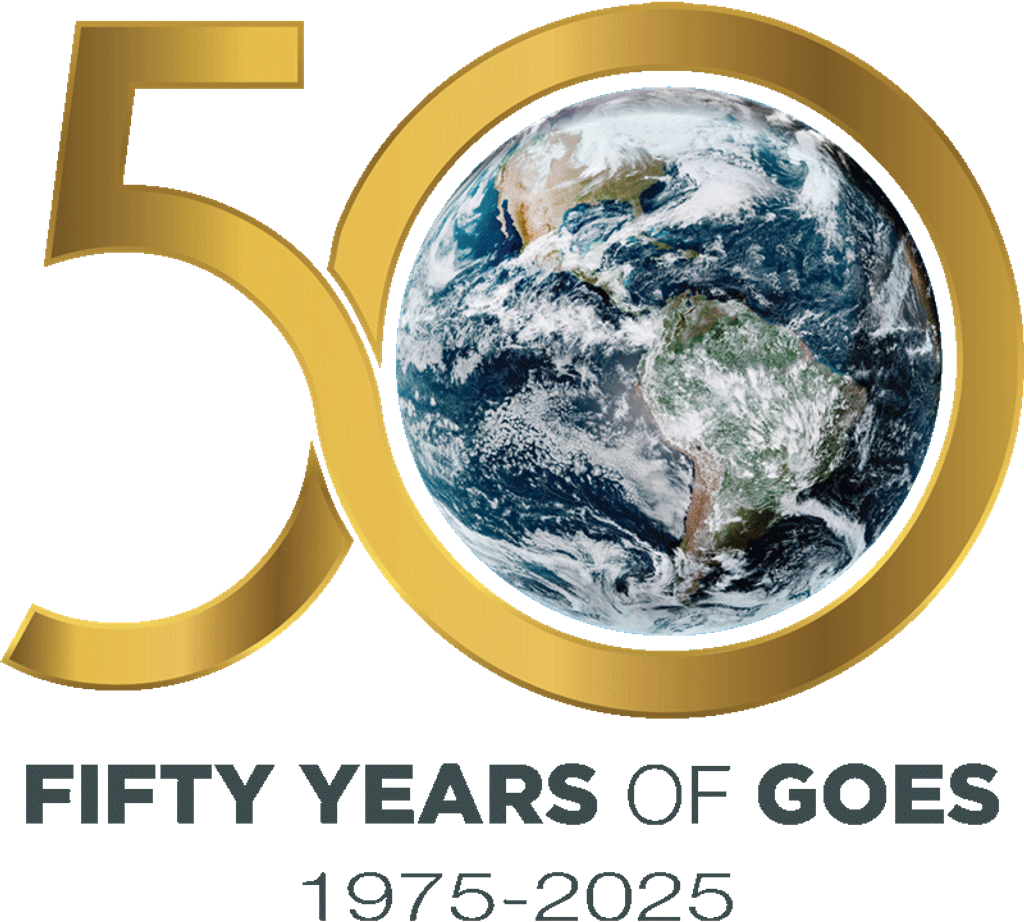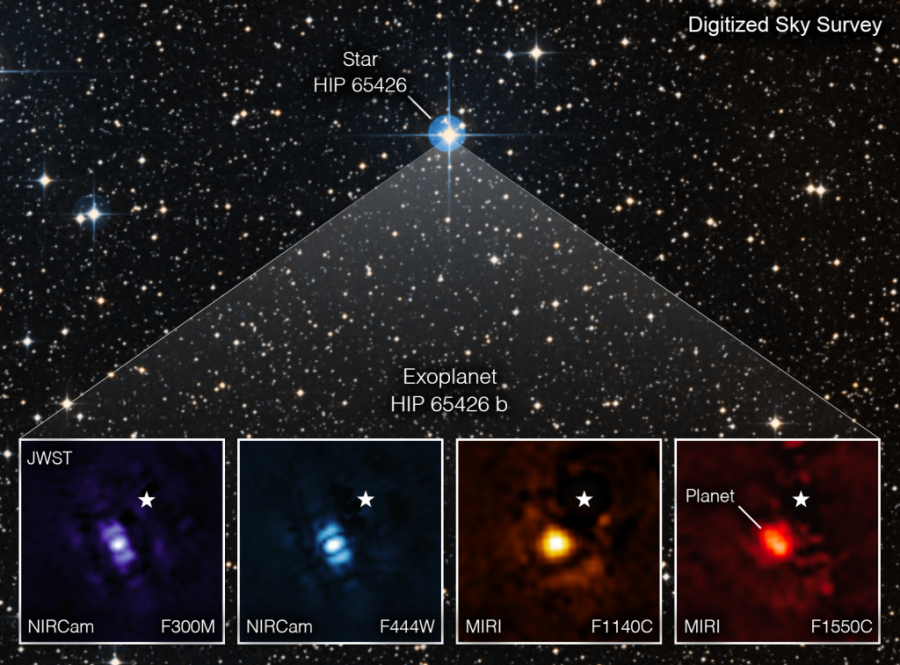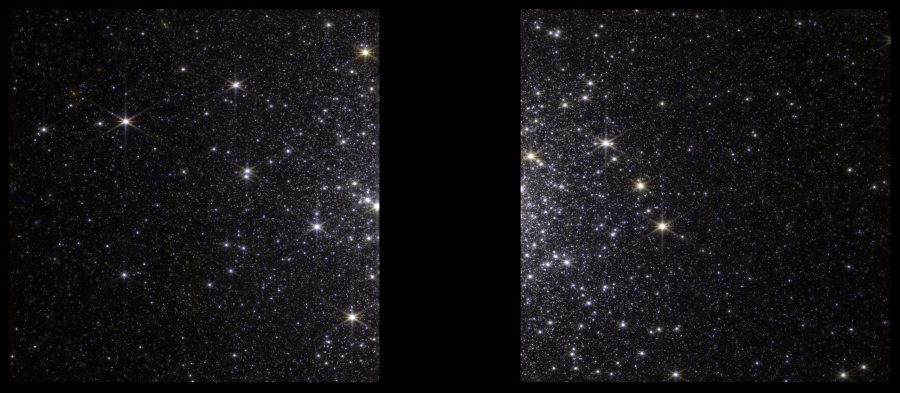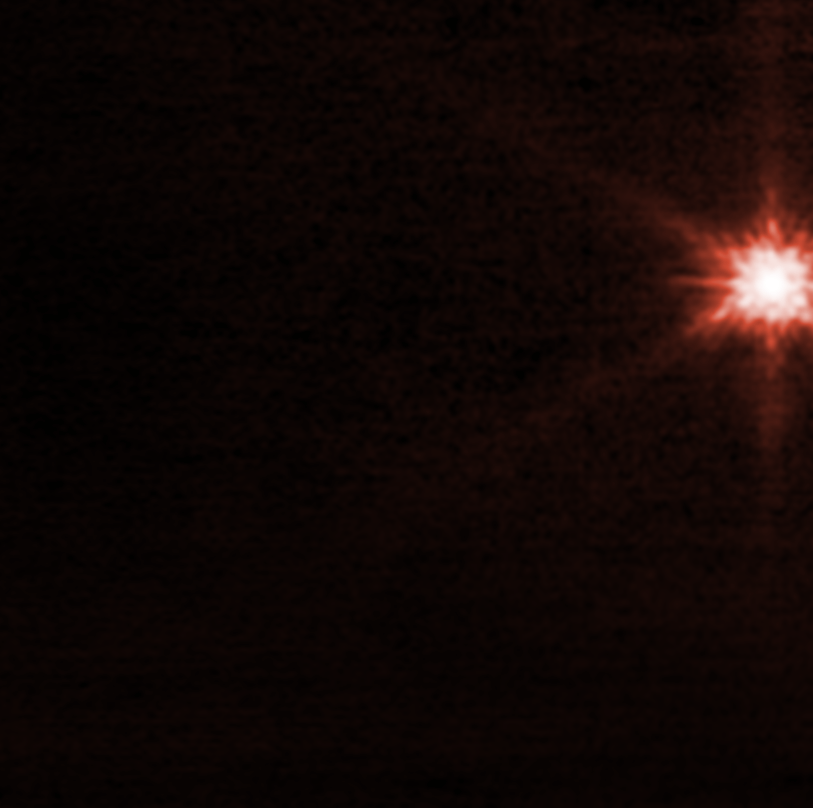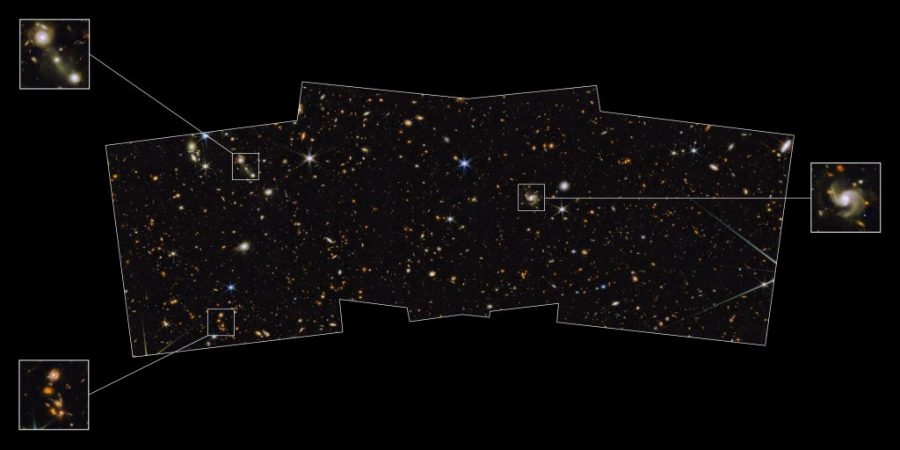All 17 observing modes of the James Webb Space Telescope undergo routine performance monitoring and calibration. This month, while performing calibration by comparing the brightness of standard stars that have been well-cataloged by other observatories to what Webb's Mid-Infrared Instrument (MIRI) was receiving, team members noticed a discrepancy in the data. Further analysis of MIRI's …
Mid-Infrared Instrument Operations Update
